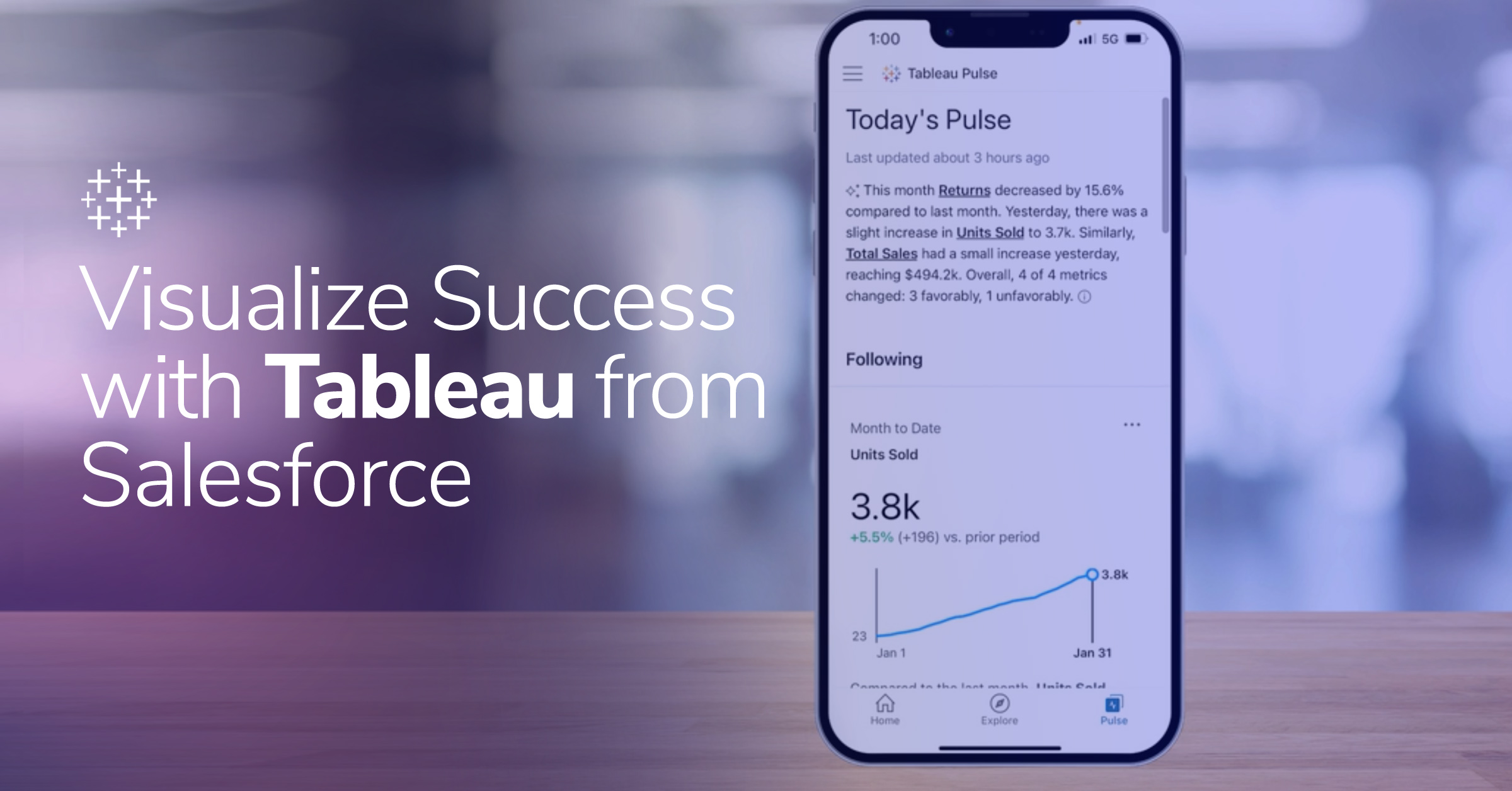LunaTV Ep. 01 ‑ SM ‑ Making Social Media Social, Social ROI, And Facebook For Small Business
This weeks topic is Social Media. In our inaugural episode we answer:
-How do we make social media ‘social’? – From LinkedIn Answers
-How can you prove the ROI of Social Media? – From LinkedIn Answers, Micky York, Marketing and Media Relations Director at Errand Solutions
-How much time does it take to execute and maintain a Facebook for small business? – From LinkedIn Answers, Teresa Schmidt, Creative Production Manager
LunaTV is a weekly segment where LunaMetrics team members answer your questions from across the web. Got a question you want answered? Tweet at us at @LunaMetrics with #lunaTV and we’ll answer your question!
Transcript:
Dan:
Hi I’m Dan Wilkerson
Jim:
And I’m Jim Gianolio
Dan:
And this is the inaugural episode of LunaTV where we source your questions from across the web and answer them for you. Today we have a couple questions all dealing on one of the four major topics we plan on addressing on LunaTV, this week’s topic is social media.
So to start things off, the first question we have is a question we sourced from Quora [EDIT: LinkedIn Answers]and it’s just:
“How do we make social media ‘social’?”
It’s a pretty straightforward question, but it actually is one that a lot of marketers face when they first decide to bring their brand or other businesses brand into the social media world I mean I think the more general proust of the question is ‘How do you get people to interact with you’,and as far as taking that, you know, to the next level, the most basic thing that you need to do is create a content calendar. Depending on what reason that you have your business on whatever social platform that you’re using and you have to decide what content makes sense to publish on what schedule and then create a calendar, follow that schedule and then you start to measure.
So if you’re looking to create a ‘social’ social media platform,the things you’re going want to look for, retweets, comments, likes, are going to be your sure indicators of how well your content is doing. Now the next step to that, the actual social aspect of that, is when you take that content, and that feedback, and you build off of that, so you get someone who comments on something you put up on Facebook,and you respond to them,or maybe address it in a follow-up post, or maybe adjust your content later on down the line. And that’s how you make social media social.
Jim:
Awesome, thanks Dan! Our next question, and where did this come from?
Dan:
This is from LinkedIn Answers. It comes from Micky York, who’s the Marketing and Media Relations Director at Errand Solutions in Chicago.
Jim:
And, you know, this could very well be a question from hundreds of thousands of people from across the world. It seems to be the question that everyone’s asking, and for anyone in Social Media, the Holy Grail of Social Media is
“how can you prove the ROI of social media?”
Everyone wants to know, how we can prove our value. How can we prove that this social media thing isn’t just unicorns and rainbows. You know, how can we prove that there’s some value behind what we’re doing, what we’re spending our time and money to produce. So, obviously there have been many books written about this topic, and we’ll link to some resources below this, because we’re trying to keep this short and sweet, to just give you the best information that we can in the shortest amount of time, we know you’re busy people,you have millions of things occupying your attention so we want to just cut to the point. We’ll link to some resources below but just to give you kind of a starting point, something that can get you started, get the ball rolling on showing the value of social media is a report in Google Analytics.
So just recently Google Analytics announced they launched a new set of reports called the Social Reports. You’ll find these in Traffic Sources, and look for at the bottom of Traffic Sources section look for Social. Drill down into Social Reports and you’ll see six different reports. I want you to start just with the Overview report. And there’s one specific thing this is going to do that starts to answer this question. Keep in mind this isn’t the whole answer, Google Analytics has taken a very narrow approach to this but at least it starts to deliver some idea of how you can get value out of social media, how you can determine if social media is providing value. The Overview report does something very, very basic, very simple, but it’s instantly insightful. It shows you the value of social media based on either eCommerce, if you have eCommerce tracking enabled, if you’re an eCommerce store, or if you have Goals set up on your site and you’ve attached goal values to those goals So let’s take the approach of a lead generation company, a B2B site that’s measuring the value of their site based on lead generation.
So someone fills out a contact form and they become a lead. There’s a certain value attached to that, you know how much that lead is worth based on what percentage of people submit that form actually become customers, and what is the the lifetime value of a customer, or what is the and what is the average order value if you haven’t gone so far to determine lifetime value. You can start to attach a value to that action of ‘if someone fills out the contact form’. So let’s keep numbers simple, you know that every time someone fills out that contact form it’s worth ten dollars to you, and let’s say that over the past few days you’ve had a hundred people submit that contact form. What the social report, the Overview report will do, is it’ll tell you how many of those conversions, how many of those $10 value contact forms came from social.
The way it does this is with three circles. The first circle shows you how many total conversions you have. In this case with the contact form you have 100 conversions, let’s say $10 per conversion is the goal value assigned, and it’s going to tell you 100 conversions, total, and that’s worth $1000 The next thing it does, is it has a smaller circle right down here, and it fills that in. And what this shows you is how many of those conversions can be directly attributed to social media, in other words, they saw your post on Facebook they clicked on your link, went to your site, and filled out the contact form in that same visit.
So these are last interaction converions. And let’s say there were ten of those. So, right now, you know that $100 worth of your conversions came directly from social media. Now the next thing it does, is it shows you another circle in between the two;this is ‘Assisted Conversions’. Let’s say we have another ten goals that were assisted, for a total of twenty goals that came from social media. Again, what this is showing you is the total number of goals that at some point that visitor has interacted with social media and came to your site from some social source, whether it’s Facebook, Twitter, LinkedIn, Pinterest, any number of sites, there’s over 200, actually I think there’s over 400 social sources that Google considers now as social. They’re always updating it.
So this is showing you ten people came directly from Social Media and converted, and this in-between circle is showing you that at some point before they converted, not the last point, but at some point, they came to your site from social media sources, from Facebook or Twitter, etcetera. So for example they could have read your tweet, visited your site from that tweet, from the link that you tweeted. They clicked on the link, go to your site, and they bookmark it and they come back later directly. And then they come back later directly and browse around a little bit and maybe they come back a couple days later, through an organic search, and finally on that third visit through organic search is when they convert.
Now, organic search is going to get the goal value. But, in this report, the Social reports, Social is going to show up as an assist because it did assist in that path to conversion. So this is showing you the lower bound and upper bound of the value of social media. It’s showing you that you made at least $100 of the Goal value on social media, and at most, $200. Now, there are some limitations again, this isn’t social listening, it’s not saying ‘what’s your percentage’ or ‘what’s your share of the conversation’ around your brand or topic. It’s not showing you what the sentiment analysis is, anything like that, it’s just showing you the actions that happen on your site that came from a social media source. So that will get you started, again look at the links below for some more resources, and we’ll move on to the third question.
Dan:
So the last question that we have today comes from Teresa Schmidt. Teresa is a Creative Production Manager based in Union City, CA. And basically what she’s asking is
“How much time does it take to execute and maintain a Facebook page for a small business?”
Now this is a complicated question and it has a few different layers. The first question that any business should ask themselves when they’re going into creating a social media plan is what is it that they want this social media platform to do for them, what are their goals or objectives. So, in Teresa’s example, if, for instance, there was a small business that was only looking to create maybe a customer service platform or an area where customers can ask questions of the business owner, well in that case it would be pretty straightforward to set-up. Maybe fifteen or twenty minutes to actually create the Facebook page fill out the relevant information, make sure that you’ve got your location filled out, phone number and contact information, and that pretty much takes care of itself. From there you need to activate notifications in Facebook so it would email you every time you receive a question or complaint from a consumer, but other than that it’s pretty hands-off.
Now if you’re looking to either market or promote your product through Facebook, that becomes a different beast entirely. Depending on the product and depending on how much time you can devote to your Facebook page itself, you can put anywhere from fifteen minutes a day up to hours a day, just to maintain and update your Facebook appropriately. Of course, we always recommend trying to create a social engagement atmosphere and not a social speaking atmosphere. You don’t want to be just broadcasting to your consumers or your customers about different products that you’re releasing. Now that also means you have to put in the time and effort and that’s where the hour a day, fifteen minutes a day sort of benchmark comes in, because you’ll have to provide some sort of relevant content. We would suggest starting on a daily basis. Then you’re going to have to monitor from there and make judgments that are appropriate for the goals that you set when you first set out to create your Facebook page.
So, just to recap, it really can take anywhere from just a one minute, err, a onetime fifteen to twenty minute session to, as I said, hours a day if you’re really trying to create a good marketing platform for your business using social media.
Dan:
And that’s all the questions that we have for today, once again I’m Dan Wilkerson
Jim:
And I’m Jim Gianolio
Dan:
And this has been the inaugural edition of LunaTV. Thanks very much.
Jim:
And come back next Wednesday for the next episode!
Dan:
We’ll see you next Wednesday!


